
DCS; Industrial control system
Product
Article
NameDescriptionContent
NEW CENTER
Current Location:
Digital Transformation and Intelligent Development of Industrial Equipment
From:
|
Author:huang
|
Time :2024-11-07
|
619 Browse:
|
Share:
One of the major advantages of industrial robots is their precision and repeatability. They can perform tasks with high accuracy and consistency, reducing human error and ensuring product quality. For example, in the electronics manufacturing industry, industrial robots can assemble tiny components with great precision, resulting in fewer defects and higher production yields. According to a study, companies that use industrial robots in their production processes can achieve up to a 40% reduction in product defects.
Another advantage is their ability to work in hazardous environments. In industries such as chemical processing and mining, industrial robots can perform tasks that are dangerous for humans, reducing the risk of accidents and protecting workers' safety.
In different industries, industrial robots have found various applications. In the automotive industry, they are widely used for welding, painting, and assembly tasks. Some automotive manufacturers have reported up to 30% improvement in production efficiency by using industrial robots. In the logistics and warehousing industry, robots are used for sorting and packing goods, increasing the speed and accuracy of operations. In the healthcare industry, medical robots are being developed for surgical procedures, offering greater precision and reducing recovery times.
(二) Advancements in Control Systems and Technologies
The latest advancements in robot control systems and other intelligent technologies are driving the intelligent development of industrial equipment. Modern control systems are becoming more sophisticated, incorporating artificial intelligence and machine learning algorithms.
For example, intelligent control systems can learn from past experiences and adapt to changing conditions. They can optimize robot movements and operations based on real-time data, improving efficiency and reducing energy consumption. According to research, intelligent control systems can reduce energy consumption by up to 20% in industrial robots.
In addition to control systems, other intelligent technologies such as vision systems and sensors are also evolving. Vision systems can detect and recognize objects with high accuracy, enabling robots to perform tasks such as picking and placing with greater precision. Sensors can provide real-time feedback on robot performance and environmental conditions, allowing for proactive maintenance and reducing downtime.
The integration of these intelligent technologies is creating smarter and more efficient industrial equipment. As technology continues to advance, we can expect to see even more innovative applications and greater benefits in the industrial sector.
四、Challenges and Opportunities
(一) Challenges Faced in the Process
The digitalization and intelligent development of industrial equipment also face several challenges. One of the major challenges is high costs. As mentioned in the search results, companies may start to invest in plant and equipment abroad where costs may be lower. Implementing digital technologies such as IoT sensors, cloud computing, and data analytics can be expensive. According to some estimates, the cost of equipping an industrial facility with digital technologies can range from hundreds of thousands to millions of dollars. This can be a significant barrier for small and medium-sized enterprises.
Another challenge is the skill requirements. The digitalization and intelligent development of industrial equipment require a workforce with advanced technical skills. As defined by , skill refers to "the ability to do something well, especially because you have learned and practiced it". Workers need to be proficient in areas such as programming, data analysis, and artificial intelligence. However, finding and training such a workforce can be difficult. According to a study, there is a shortage of skilled workers in the field of digitalization and intelligent manufacturing, which could slow down the adoption of these technologies.
Integration difficulties are also a major challenge. As noted in the search results, the planned integration of some technologies may fail to work. Integrating different digital technologies and systems can be complex and time-consuming. For example, integrating IoT sensors with existing production systems may require significant modifications to the infrastructure. Moreover, ensuring the compatibility and interoperability of different systems can be a challenge. This can lead to delays and increased costs.
(二) Future Prospects and Opportunities
Despite the challenges, the future prospects and opportunities for digital and intelligent industrial equipment are immense. As industries continue to evolve and demand for more efficient and sustainable production methods increases, the need for digital and intelligent industrial equipment will grow. opportunities refer to "a possibility due to a favorable combination of circumstances".
One of the major opportunities is the potential for increased productivity. By using digital and intelligent technologies, industrial equipment can operate more efficiently, reducing downtime and increasing output. For example, predictive maintenance enabled by IoT sensors and data analytics can prevent unexpected breakdowns and optimize maintenance schedules. This can lead to significant productivity gains. According to a study, companies that have implemented digital and intelligent technologies in their industrial equipment have reported up to 50% improvement in productivity.
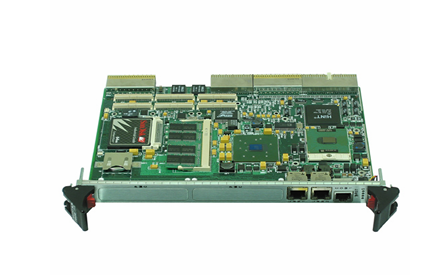



.jpg)
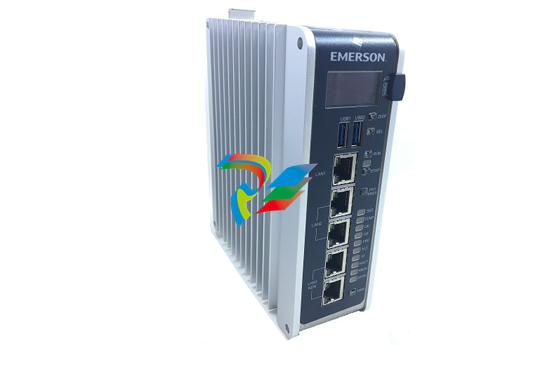
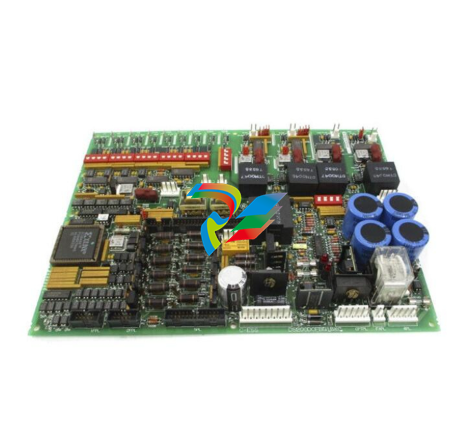
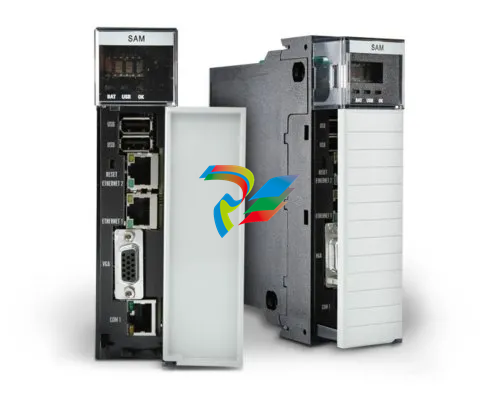
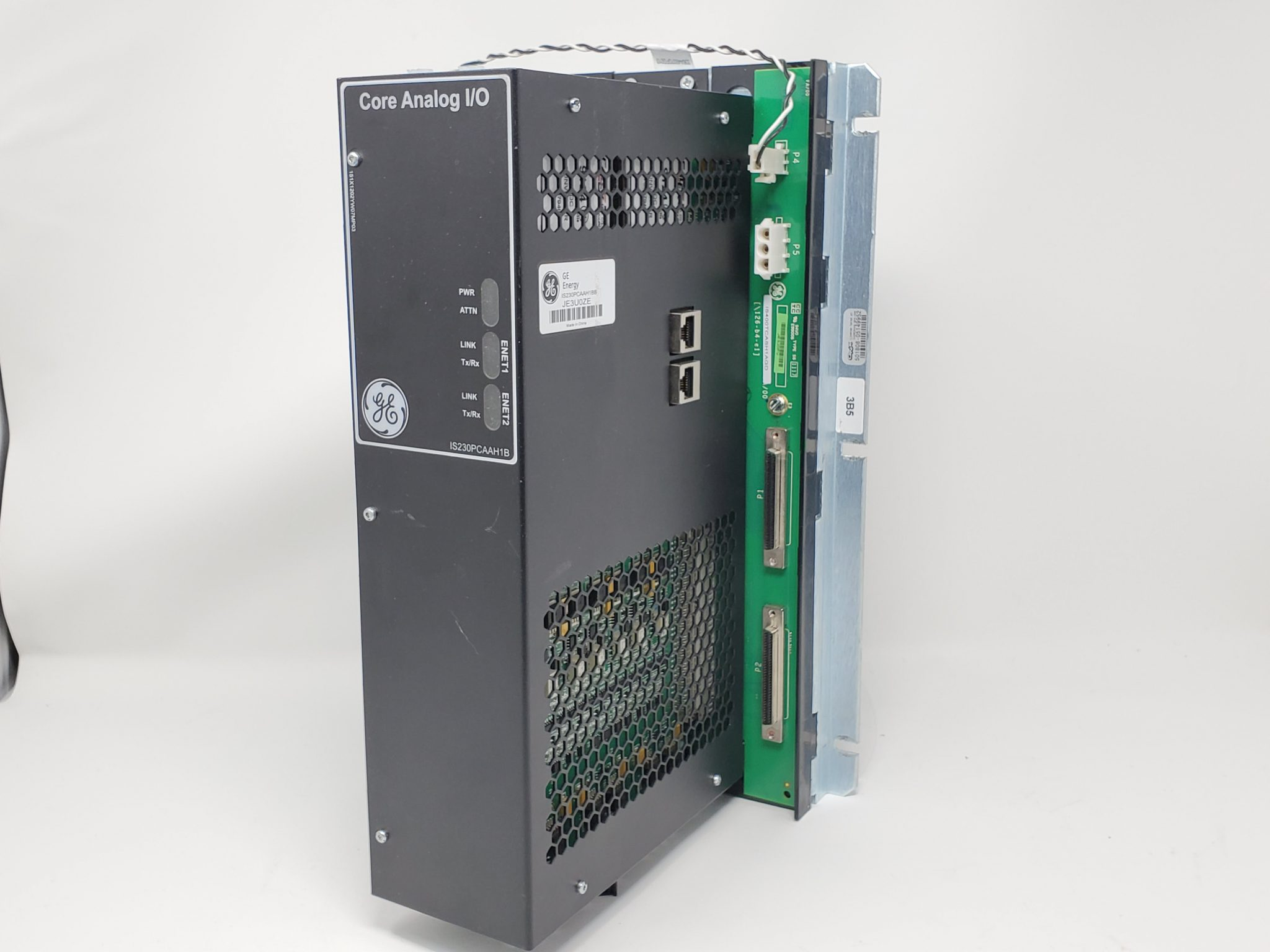































































.jpg)
.jpg)





.jpg)



.png)
.jpg)

.jpg)
_lVjBYb.jpg)

.jpg)
.jpg)



.jpg)
.jpg)







.jpg)

.jpg)
.jpg)








